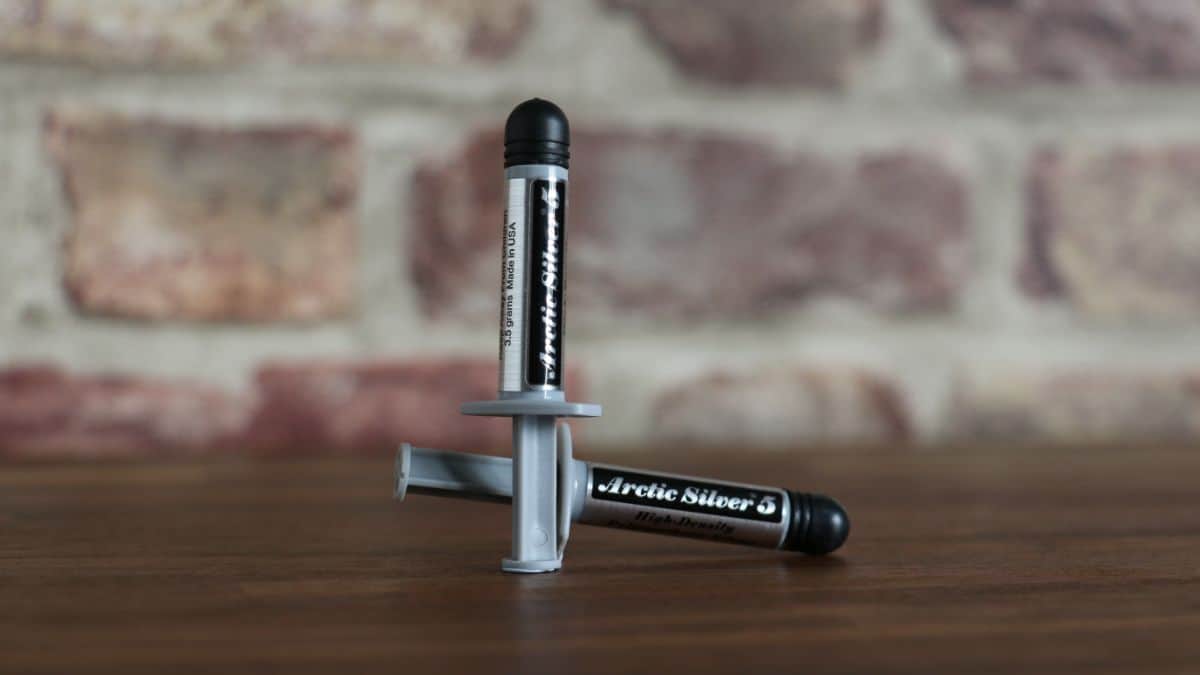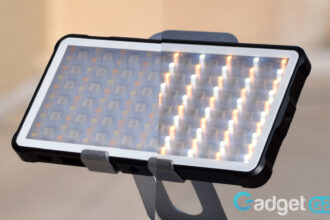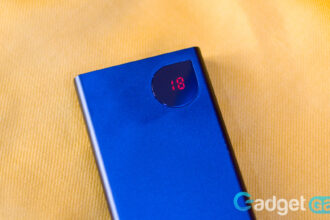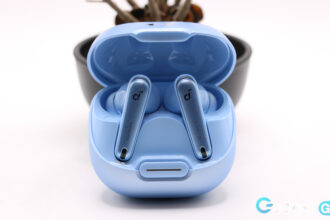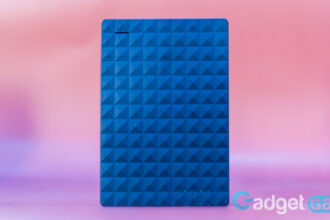If you’re building your first PC from scratch, it’s possible that you read through the instructions and saw something about thermal paste. Being new to the scene, you might be tempted to grab whatever generic tube of goop you can get your hands on and go to town.
Not so fast.
There is a hierarchy of thermal pastes out there. And while sometimes the electrical conductivity of the paste matters (if you’ve got an aluminum cooling fan for example), and the specific type of cooling might come into play (water cooled PCs, for one), for most applications there is a list of appropriate thermal pastes to choose from.
And on just about every list, inevitably, Arctic Silver 5 makes an appearance. It’s a beloved thermal paste that a lot of people swear by. It has a pretty good reputation online. Even some professional PC building firms use it whenever they can.
But here at GadgetGang, we like a little science behind our technical decisions. So we’ve done a deep dive into the effectiveness and mystique of Arctic Silver 5, to see what you’re really getting besides a popular name brand.

Arctic Silver 5 – Beyond the Hype
The effectiveness of heat transmission in a thermal paste is measured in Watts per meter-Kelvin (W/mK). So if you ever see this number on a package or advertisement: Bigger W/mK is better. Generally speaking.
Arctic Silver 5 claims to have an 8.9 W/mK rating.
Cooler Master Mastergel Maker, by contrast, has a 11 W/mK rating.
On the lower end, Corsair TM30 High Performance has a 5.0 W/mK rating.
Does that translate to the correct relative performance under load?
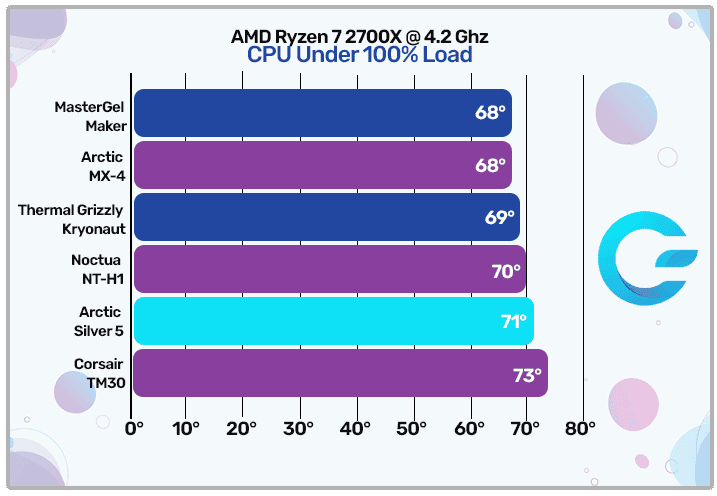
Yes. Science wins again!
The truth is, it isn’t always that simple. Watts per meter-Kelvin is only an accurate predictor of most effective heat transfer under similar conditions, and with some pastes similar conditions aren’t possible.
Let’s say you were using an aluminium fan as your cooling unit. Certain metal-based, electrically conductive thermal gels couldn’t be used in a like-for-like comparison. For example, the insanely effective Thermal Grizzly Conductonaut with it’s 73 W/mK thermal conductivity would eat that aluminum fan alive.
So let’s make sure we’re comparing apples to apples before we assign a verdict to this Arctic Silver 5 review.
Arctic Silver 5 – Bang for the Buck
The closest non-electrically-conductive thermal compound on the performance chart is the Noctua NT-H1 paste. That’s a good place to start, as this becomes a strict price-to-price comparison.
Each product comes in 3.5 gram tubes, enough to treat the surface area of around twenty LGA1151 CPUs.
Arctic Silver 5 comes out to around $1.68 per gram. While Noctua NT-H1 costs $1.42 per gram. Fairly similar, but edging towards Noctua… just like the temperature benchmarks did.
On the other hand, Cooler Master Mastergel Maker comes out to a staggering $10.63 per gram! Yes, it might be one of the best non-electrically-conductive thermal paste options out there. But you pay for it.
That miraculous metal-based Thermal Grizzly Conductonaut that we mentioned earlier? A little over $14 a gram unless you’re buying in bulk.
Now the truth is, most home users will apply these things once, maybe twice in the life of their system. But even then, the stark cost difference comes into play. $6 a tube is still far more reasonable than $16 a tube, no matter how much or little is left when you’re done.
If Arctic Silver 5 Isn’t the Best or Most Cost Effective…
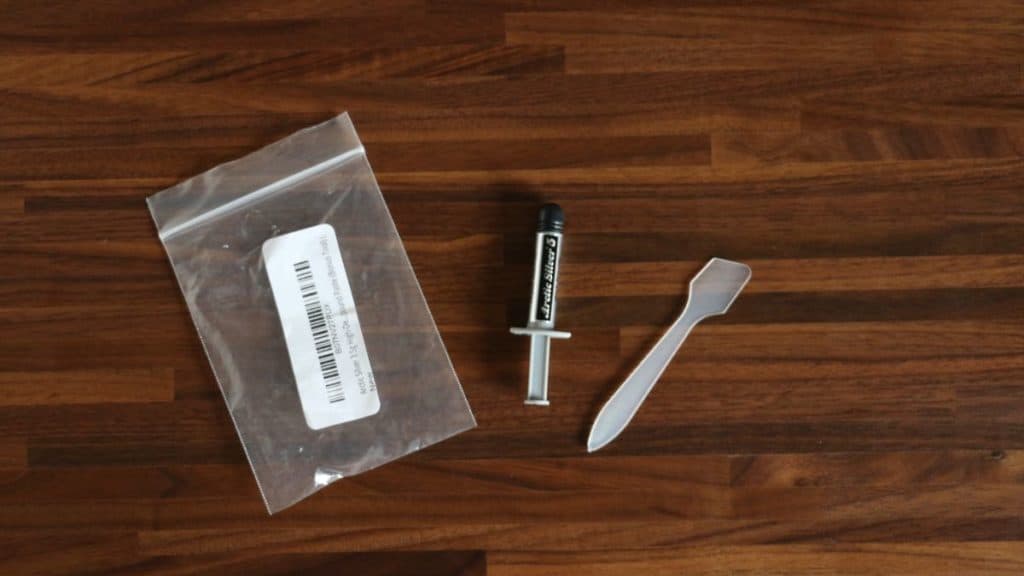
Then what’s it’s niche? Why is it so popular in certain circles?
Well, applying it is a fairly non-standard process. It’s actually a polysynthetic oil base, containing no silicone. So you kind of carefully drizzle it across the surface of the CPU, then scrape it into a reasonable looking layer.
Then something magical happens. Over the next few days, the heat of the CPU spreads that layer out uniformly, then sort of bakes it. This creates a reliable, long lasting bond.
All of this means one thing: Though messy, it’s actually a perfect thermal paste for beginners. It’s forgiving on application proportions. It’s not electrically conductive, so it can be safely cleaned up if dripped on the board. It normally outlasts the effective lifetime of the motherboard.
And of course, once a new user of a product has a positive experience with it, word spreads. For the average user, it doesn’t have to be the best. It just has to work as advertised and not disappoint. There’s something to be said for reliability.
It’s also firmly within that ‘cheap and cheerful’ price range. Not rock bottom, but not anywhere near as expensive as the really good brands. Anyone who does their homework will probably go with the Noctua NT-H1 instead, but Arctic Silver 5’s generally positive reputation might override the urge to research.
Arctic Silver 5 Review – Conclusions
Because it comes in distinctive 3.5 gram tubes, it’s likely that the average PC builder has a tube of Arctic Silver 5 just laying around. And because it’s a polysynthetic oil, that stuff you bought a couple years ago is probably still good.
That kind of defines the spirit of Arctic Silver 5: It’s omni-present. It’s handy and reliable, even if it isn’t the best or the cheapest. It’s a product that drives right down the middle of the road and finds its way to the correct destination.

The new user doesn’t know that it’s slightly weird coming out of the tube… they’ve had nothing to compare it to. They just squirt out a fun little pattern, make a layer with that handy plastic spatula, and call it a job well done.
It’s alright for people to have a positive outlook on a middling product. It’s even alright to have a bit of nostalgia about something as obscure as a brand of thermal paste. As long as those in the know are providing accurate technical information, and as long as the experts are using superior products for their high performance systems, we can let it be.
Arctic Silver 5 is a completely average thermal paste. And that’s okay.

